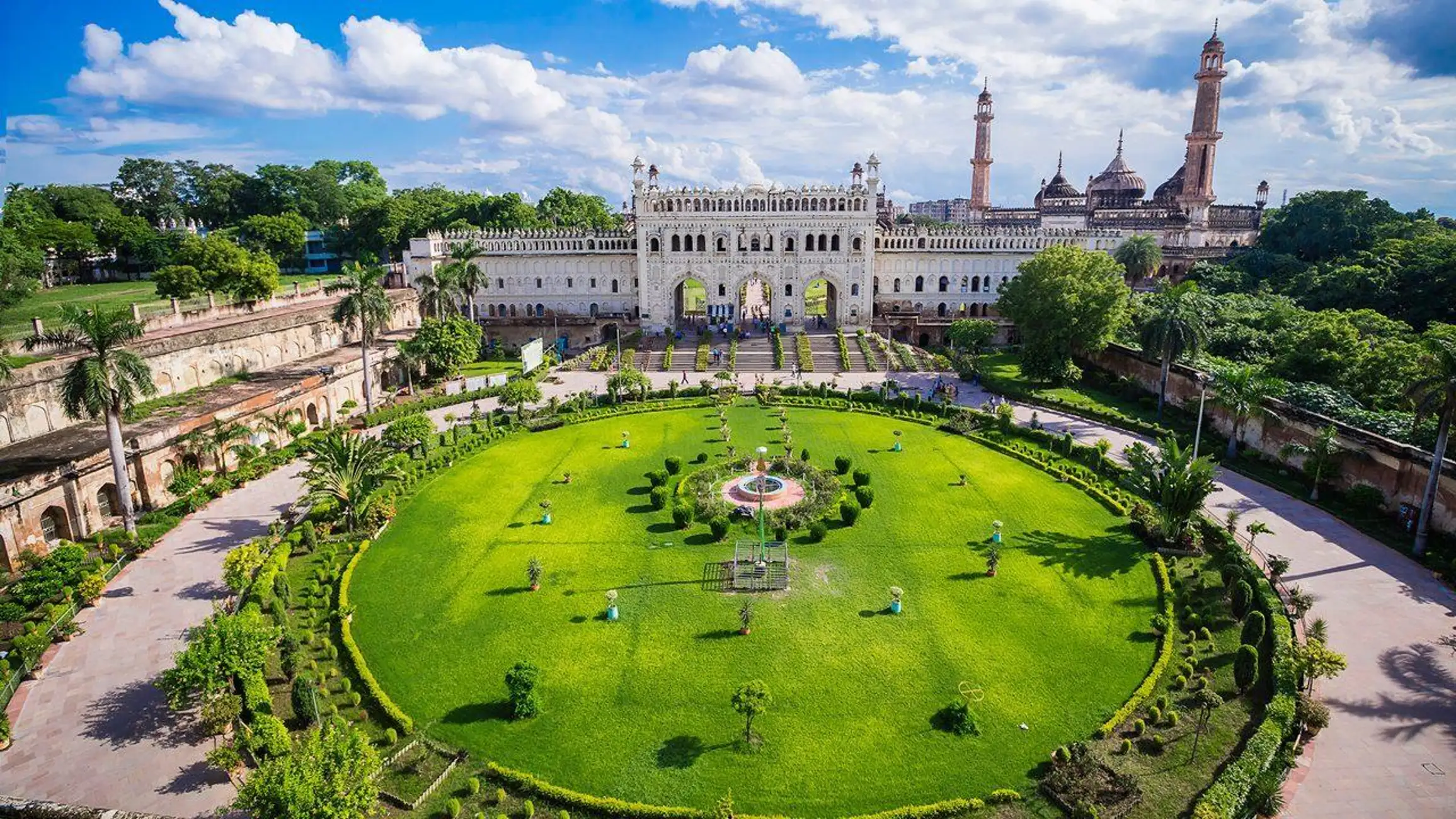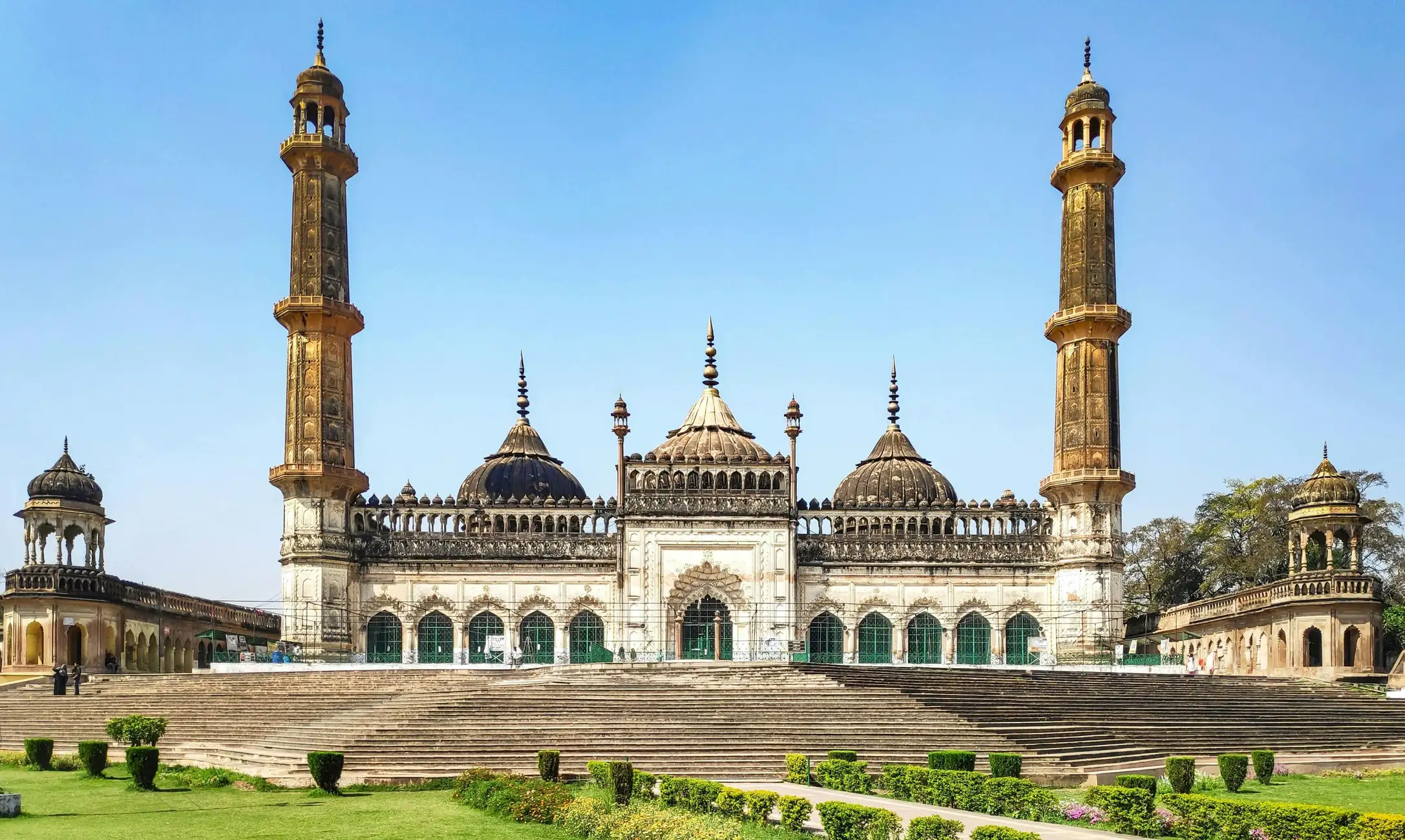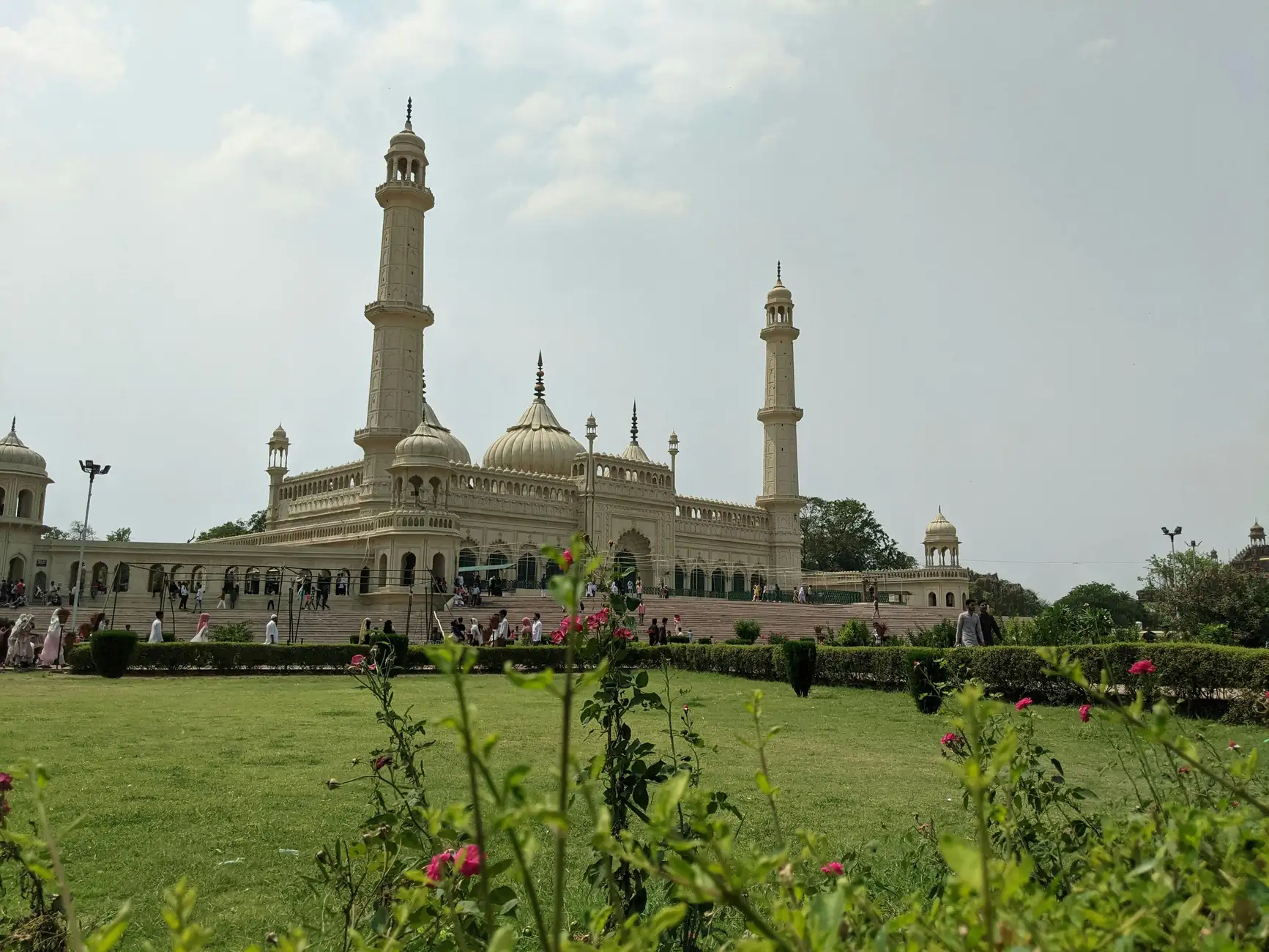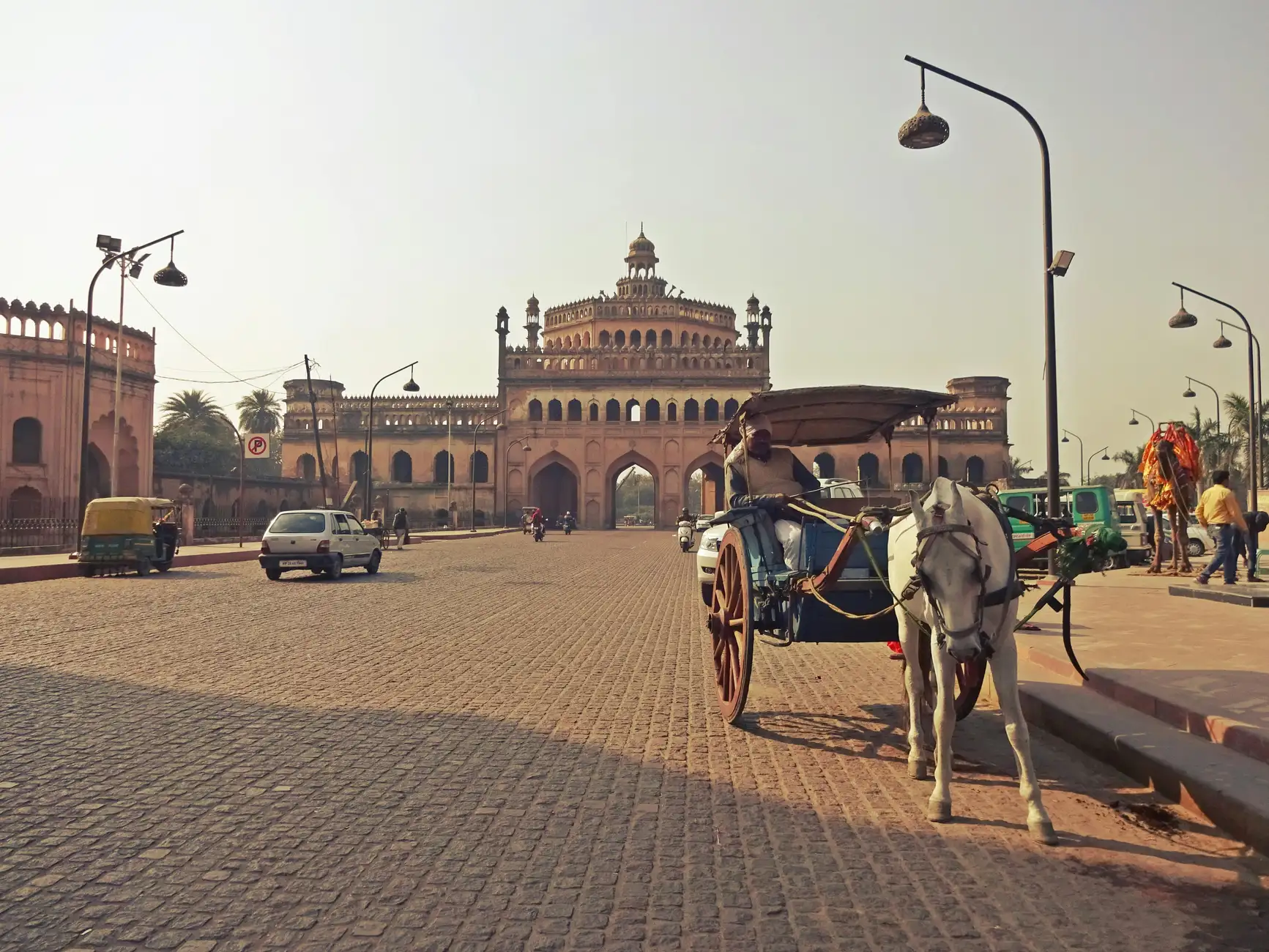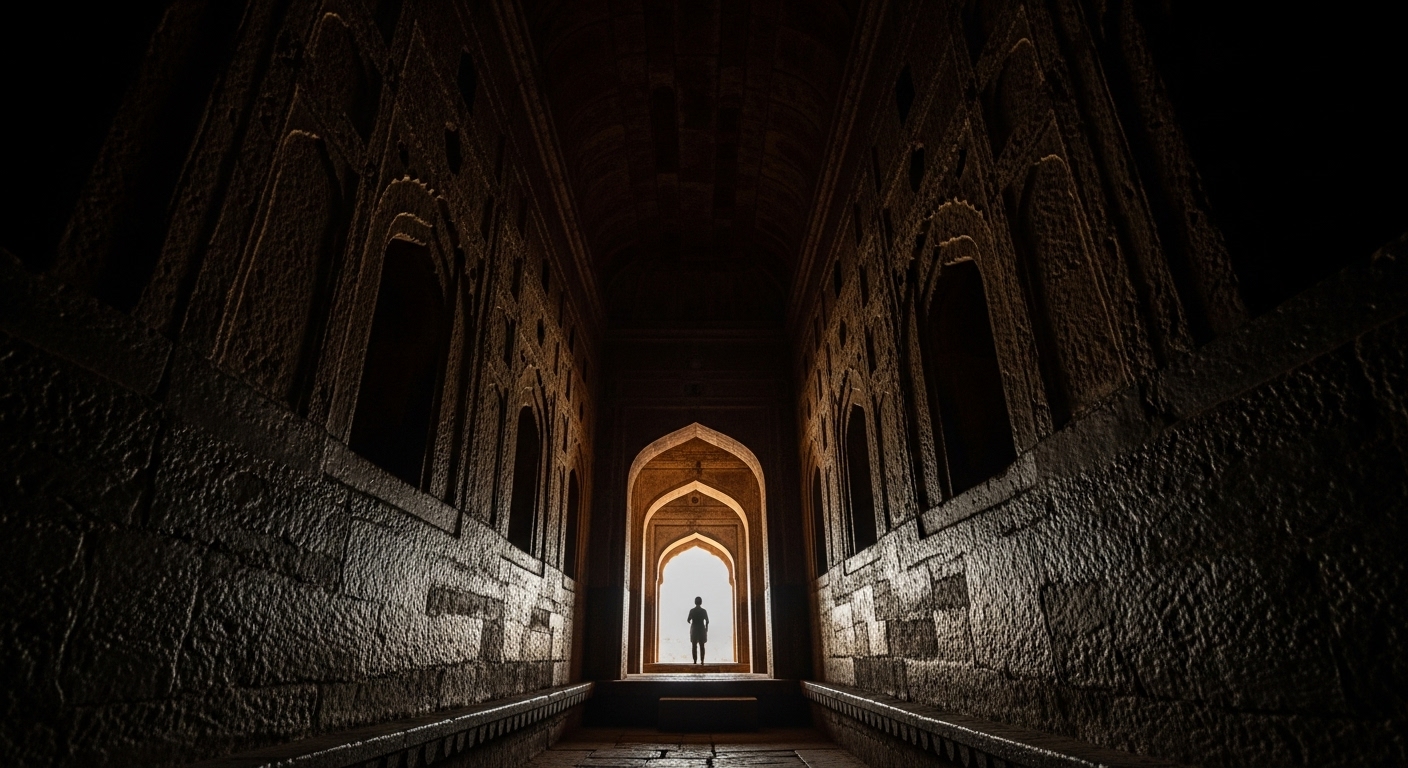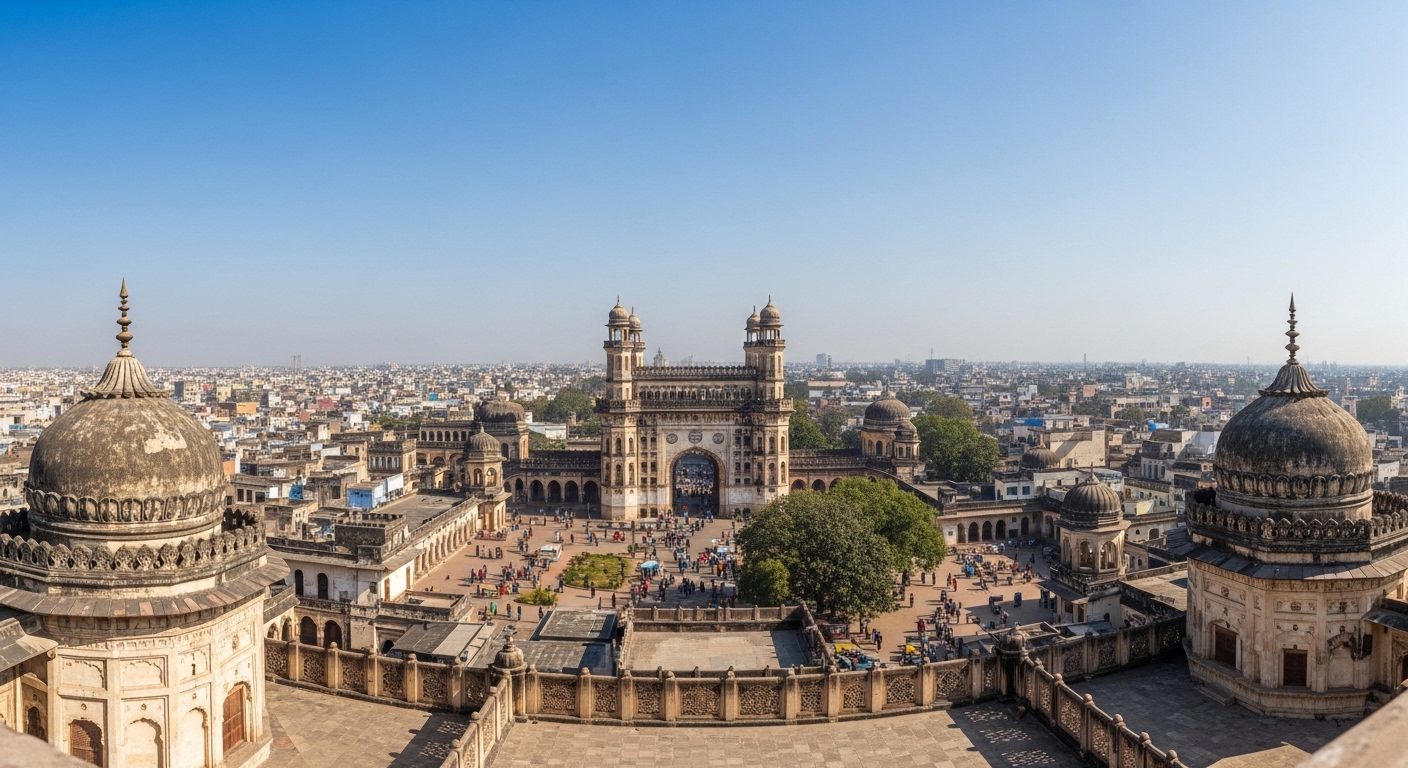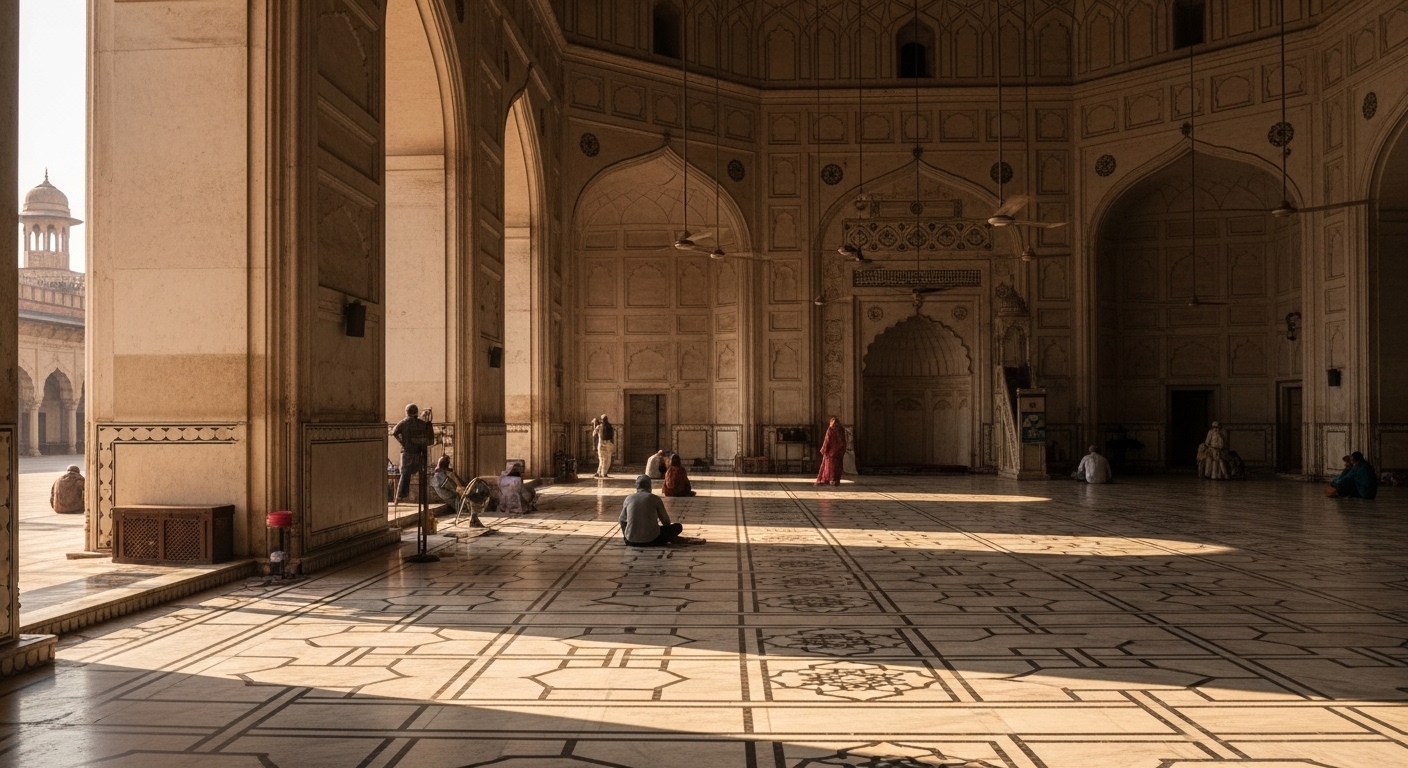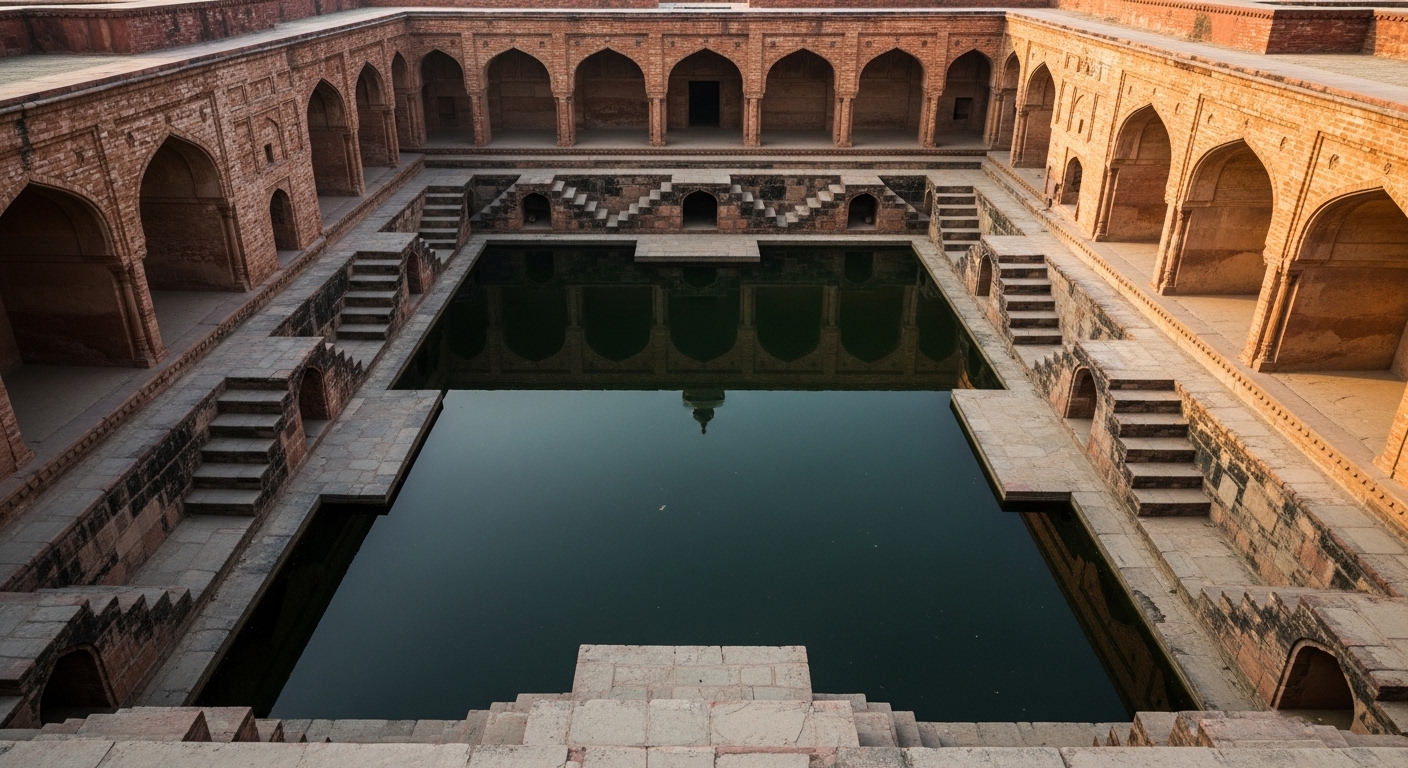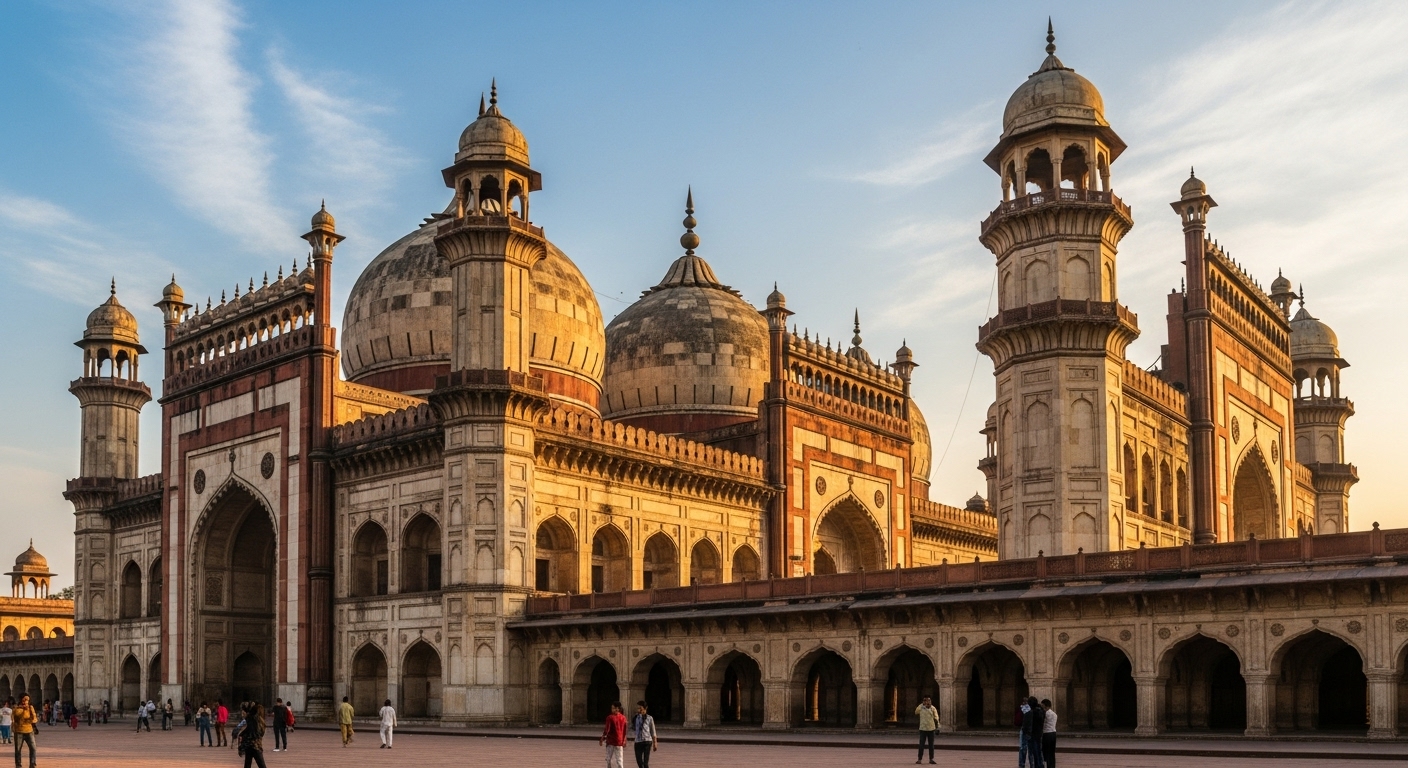
Bada Imambara Tours & Tickets
Step into a world of Nawabi grandeur. Secure your entry to Lucknow's architectural marvel and dare to navigate its mystifying labyrinth, the Bhul Bhulaiya.
Disclaimer: This is not an official website. All content is for informational purposes only. We may earn commission from bookings.
